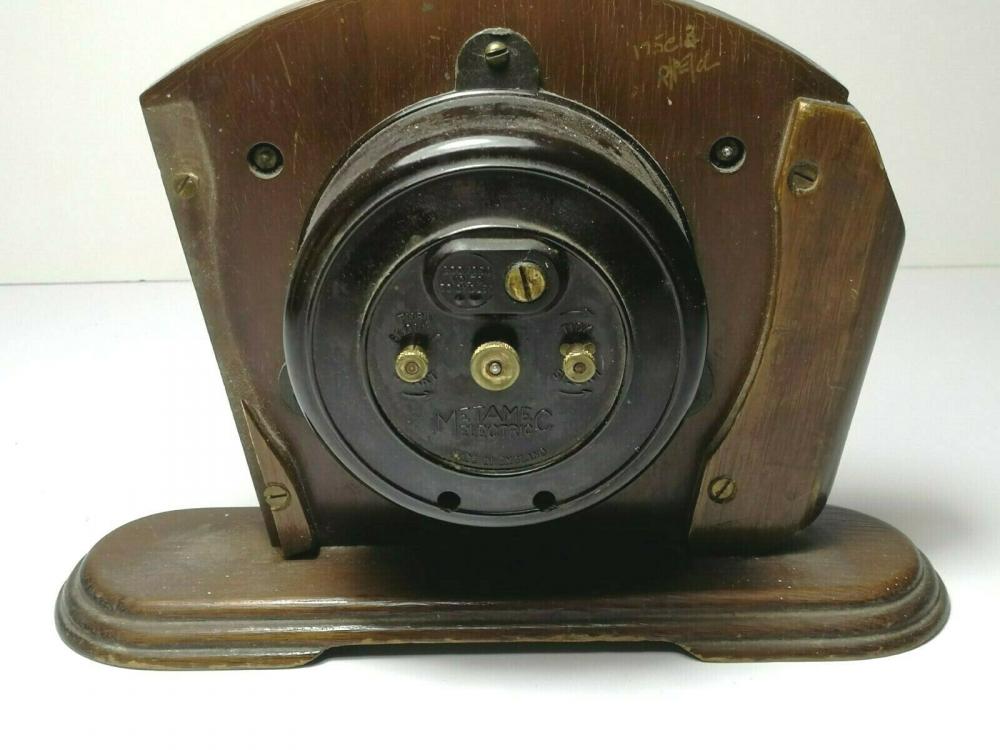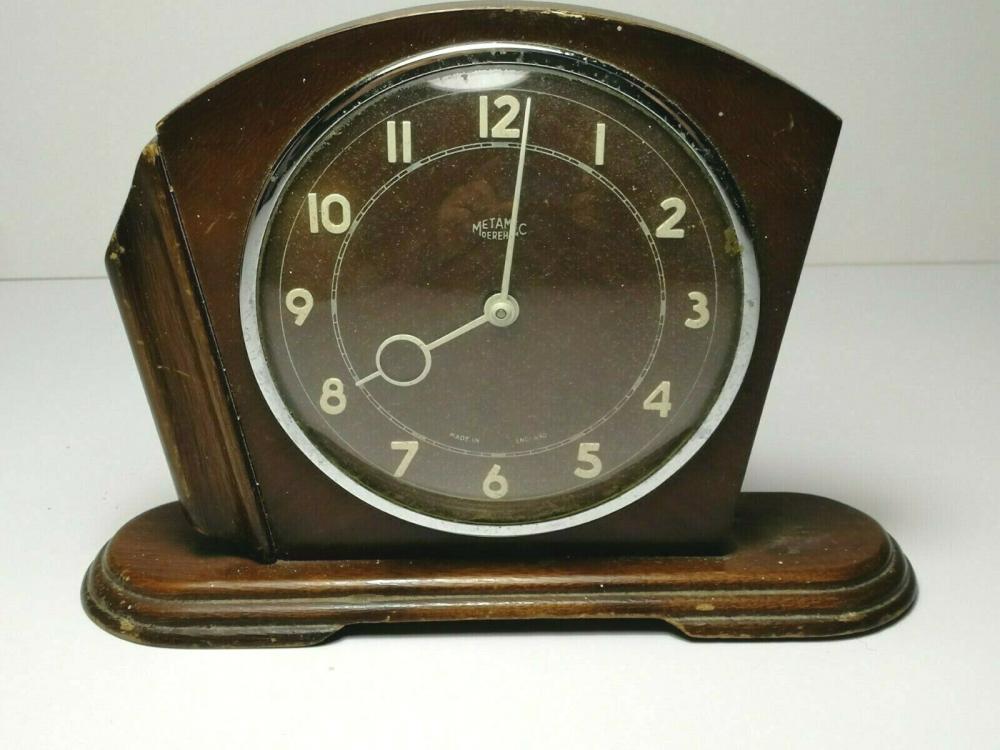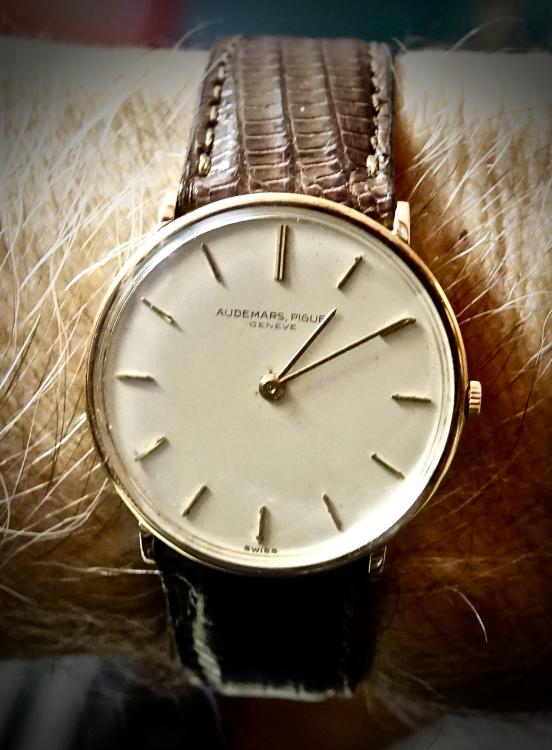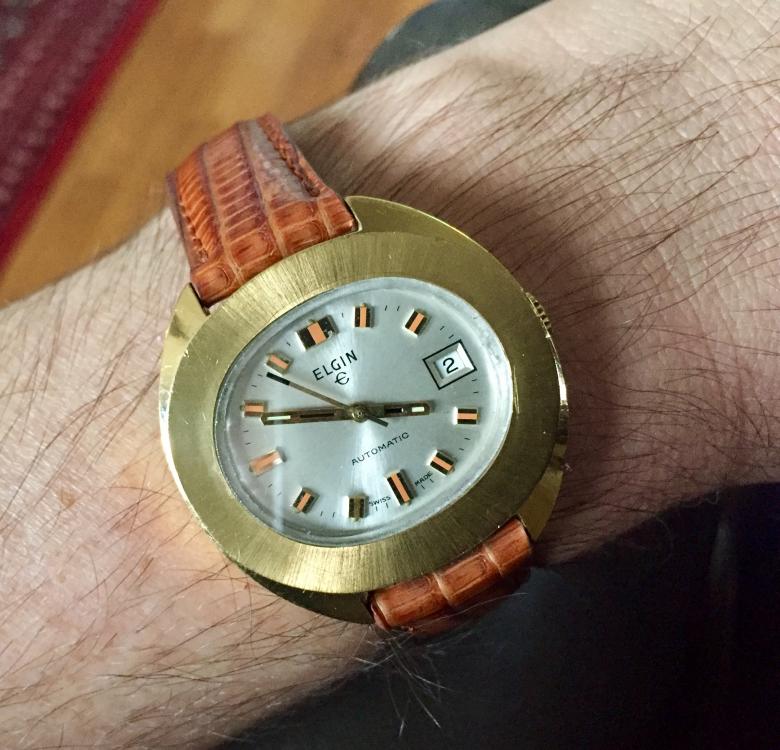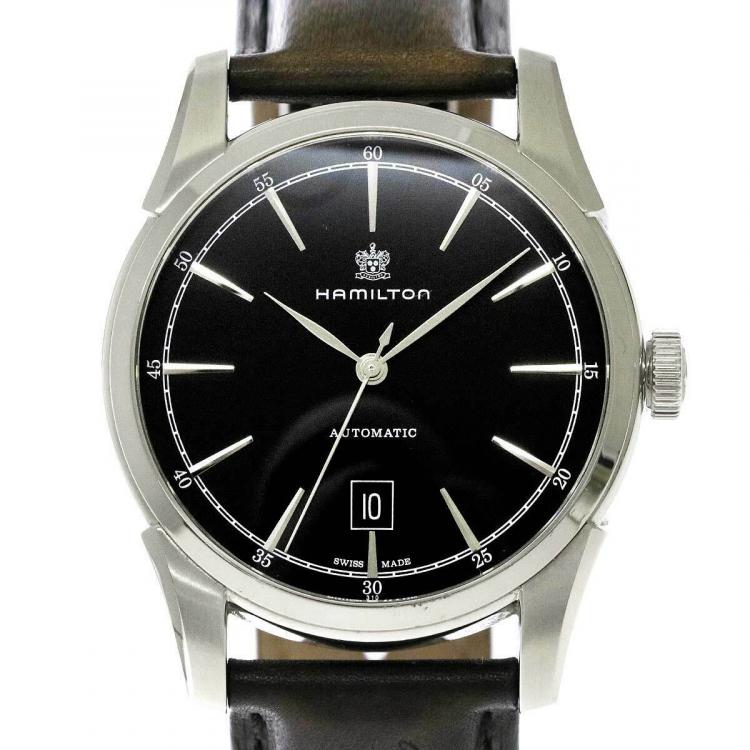Leaderboard
Popular Content
Showing content with the highest reputation on 01/03/21 in all areas
-
Yes if you're not careful measuring something is fine as this will be an issue. Micrometers are better than veneer calipers but there like a little tiny vice and you're going to put a lot of pressure on your pivots just because it's going to be really easy to do. They do make holders for the micrometer or bench micrometers where micrometer sits on the bench it makes it a little easier to use but that's a lot of pressure conceivably you going to put on a tiny pivots. But there is a micrometer that does work well I'm attaching a picture unfortunately it's pricey. Then there's the jewel gauge which is nice because it's lightweight so like if the staff is in a lathe you could use it there without bad things happening. Of course the best gauge of wall to use is whatever your putting it in. Because that's where it has to fit.2 points
-
Outstanding in that you did this. I thought I was going to have to give my classic lecture on why you can't do this but you solved that problem as you did it and it doesn't work congratulations. Then yes I'm really happy you did it because having given the lecture of you can't do this it's nice to have a proof that you really can't. If it's an American pocket watch hairsprings wrh vibrated separate from the balance wheels. This is because the terminal curve's have to be in a very exacting position. Balance wheels were matched to the hairspring they had the timing screws to do it. Although I have wondered on a modern Seiko watch for instance with the etachron system whether there be enough room with the regulating arms to work around this problem as they do of a lot of range. As usual the multiple ways of solving problems. There is the modification to the hairspring described above and the method that I'm going to describe below. It looks like the link below your balance wheel has screws on it? If it didn't have screws you could still do this with a carbide drill. You would drill indents on the bottom rim of the balance wheel lightning it this is where a poising toward be really nice to keep the poise. Unfortunately it's going to be trial and error. As this is a really tiny watch and those are tiny timing screws that makes for an interesting challenge. Basically you're going to have to lighten opposites pair. Than at the second link I snipped out an image at one time they made a special tool just to do this. It has a handle like a screwdriver a tube on the end. Inside the tube is a cutter and as it describes the text below will cut a hollow recess into the screw head. That would be perfect to have right about now but unfortunately unless you find someone eBay I don't think they make them anymore. Worst-case you can attempt to file the screw heads. So either you need a shorter hairspring or a lighter balance wheel. http://www.ranfft.de/cgi-bin/bidfun-db.cgi?10&ranfft&0&2uswk&ETA_1000 https://antiqwatch.com/master-watchmaking/tools-and-materials/467.html2 points
-
There is no threaded holes on this side either? Then it's tapered shape and friction fitted. If you feel lucky - Kendrick & Davis Inverto Staking Tool is your friend. But would check the opposite side first to see if it will be safe to apply pressure to reinstall it. Some of these studs have thin walls filled with some sort of epoxy to hold the hairspring.2 points
-
Hi all, I have an old Bulova that has been on and off my workbench for a few months now - it was one of the first watches I attempted to service. The original staff was bad, so I ordered another movement of the same caliber (8AH, or ETA 1000) in the hope of transferring the balance complete. After receiving the parts movement, I then completely fouled up the hairspring on the "new" balance, due to a tragic combination of large overlapping centre wheel and the softness of old Bulova hairsprings (I now never dangle balance wheels from the cock - a harsh lesson learned). I've just got a staking set, which makes transferring balance springs pretty painless. The solution to my problem seemed obvious - put the old spring on the new balance. I did it, and it's running well with decent amplitude and minimal beat error. The problem is that the watch is running 2 mins slow with the regulator as far to the "fast" position as it can go. I was aware of the risk here, as I know hairsprings are vibrated to specific balance wheels. However, I thought it wouldn't be a huge problem given that the watches are the same caliber. How wrong I was! My instinct is that the new wheel is too heavy for the old spring, causing the slower frequency. Is there anything relatively painless I can do to address this problem, or am I out of luck, barring getting yet another donor movement? I really just bought this watch for practice, and cosmetically it's a mess. I don't see the point in dumping more money in. Hoping there is a quick fix, but prepared to live with a slow watch a few times a month. Thanks in advance, John1 point
-
1 point
-
I plead insanity your honour. As a result of my insanity and my inability to locate the off button on ebay, there is another (lopsided) Metamech on its way to me. In fairness the first one has just had the final touches put to its shellac and looks almost new. I'm not sure if my woodworking skills are up to matching the missing piece of this latest one however, so I may need to do a little creative thinking on that score. This one is even older than the first and has the magic start button on it and the patented "tick" which you can switch on or off. As to the date of manufacture, all I can say is that it is an early model. Perhaps someone else on this forum might have a more precise estimate. The first one I bought appears to have gained and/or lost precisely zero seconds in the time it has been running. Not bad for a non quartz clock.1 point
-
Hi The machine is quite simple to build and can be done for £25/30 I use a car charger unit as the powersupply the rest is a simple build If you want details PM me http://www.dirkfassbender.de/dial-feet-soldering-machine.html this link contains all the relavent information1 point
-
Retired at age 82 after 62 years of service to the trade. Graduate Elgin Watchmakers College, first Job for a independent Jewelry store. Second Job with a chain jewelry store Then moving on to Sears as a division manager. Started my business as a trade shop at age 30, two leased watch repair departments in the Chain Jewelry store plus watchmakers working for me in my shop. My trade shop serviced jewelers in 5 states. I devised a system for mass disassembly of watches increasing production for my employees. I branched out to installing Grandfather Clocks and patented a leveling platform for the small Grandmother clocks that would settle into the carpet and stop shortly after install. I expanded to retail with a store that serviced both clocks and watches and sold both calling my retail store CHIMES & TIME. I started a engraving store next door to my watch and clock store ENGRAVABLES doing laser engraving and sand carving on glass. Riding the crest of the wave I worked long hours with no vacations. When the demand for watches and clocks slowed I reduced my staff and bought a building for the last 10 years of my business career. The craft is one on non essential service making us work harder, longer and for less than a essential service, we choose this life because it is our passion. The ticking timepiece has its own heart beat and we are the people that keep it beating. Now in the process of sizing down selling all my tools, parts, parts watches, collector watches and telling myself it has had its season, it is time to share with another. Cliff cme4time1 point
-
I can't think of a better advice than to watch Mark lovic video showing how he manipulates a hairspring. Just google and watch it on youtube.1 point
-
You are right( I said it wrong in my post) , yes you lighten the wheel, however, keeping the wheel poised is easier said than done and if you attempt it with hairspring on the wheel, its then dynamic poiseing so we keep increasing the stakes and if you remove the hairspring then one normally risks increasing beat error " that is if we now have the least to zero beat error". I don't think I can add anything to what Mike and John have already said, I personally have a safety razor to take the spring off the wheel with and a nail clipper to cut , so I choose the cheapest route to getting the job done.Unless one plans to become a jobber, cost of acquiring tools can add up insanely. Good luck.1 point
-
1 point
-
1 point
-
I see now its a fixed stud holder( Dr ranfft), so if your poising skil is decent, increasing the weight( inertia) of the wheel is actually the prefered approach as opposed to shortening hairspring length, for the simple reason that you will loose some amplitude with shortening hairspring length.1 point
-
For resurfacing my carbide burnishers I use a 45 micron / 280 grit diamond plate for my finest one, my regular burnisher is done with an 80 micron resin bond diamond wheel. I think 600 grit is too fine. To take off about 0.01mm at that diameter should take anywhere from 10 seconds to a minute depending on the burnisher and pressure. Thin oil is good, many here use almond oil, some use lavender oil. The Mitutoyo 0.001 reading mics I've seen have been digital and are even more unwieldy and have less feel than their simple brothers, I bet a coke you've squished your pivots a bit. I'd be very surprised to see a sub-0.08mm pivot in a commercial grade Japanese watch. To measure these pivots you really need a jewel gage.1 point
-
It all depends on how hairspring is attached to the stud and tools at your disposal. If glued, you might just take a solder gun to the stud and burn the glue. If pinned ! unpin. if laser welded remove the stud in a staking set. You might just remove cock and balance assembly, place it on a hard surface ( cock down, balance up) then press on the stud arm to break the stud loose then push the stud stud out with pair of tweezers, one prong of tweezers under the stud arm, the other on the stud.1 point
-
This is what happens when you get really cheap watches they skip parts. You may find that it's not actually tapered it just Friction in as it's probably really not meant to come apart. But you may still be a little push it out it's probably not tapered either. The other option would be to unpin the hairspring providing they have a pin? What would be nice is to have a parts list with pictures but I bet that doesn't exist.1 point
-
1 point
-
1 point
-
The reason why the screws are on the bottom side is for visual effect and because it's not considered something you would remove normally at least normally to regulate the watch unless there's a problem. Sometimes instead of having a screwdriver slot on the end they will have holes so you have to stick something tiny in the hole and rotate it. I have a link which has information on 12 size Illinois watches you might find this interesting http://illinoiswatchguide.com/grade219.html1 point
-
1 point
-
1 point
-
1 point
-
This was going to be another "Timex Tuesday" watch, and then I thought I might make it in time for a "Timex Thursday" instead but it took a little more work than I expected, so I guess its a Timex Friday today - 1971 Timex Viscount (model 46660 3271). I lost count of the number of times I had this apart, but now its fully functional and clean as a whistle.1 point
-
Yes that is what I am saying. Assuming the spring you received are of larger width scratching the barrel from inside. In which case lubrication or serial number of grease wouldn,t help much. If my lidless idea do not appeal, test with one of the old springs. Regards joe1 point




